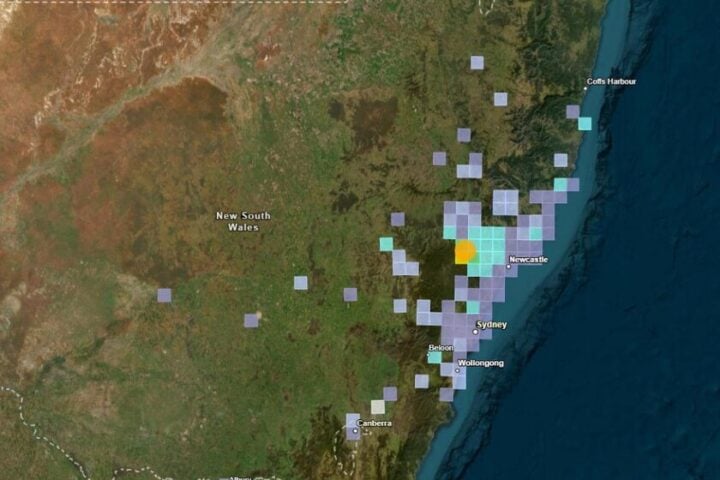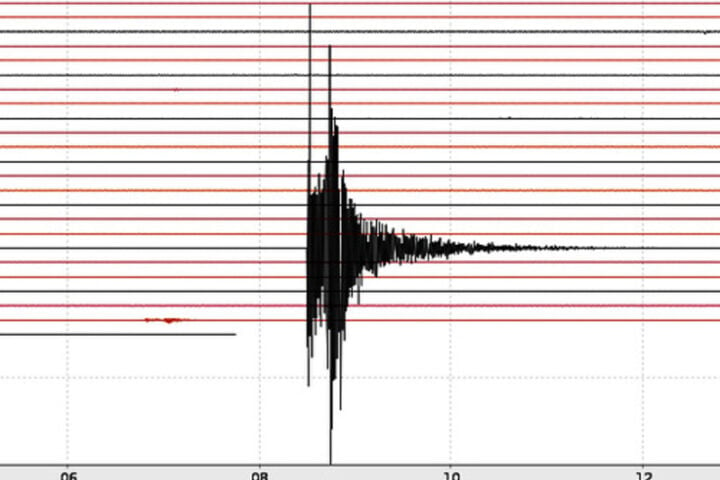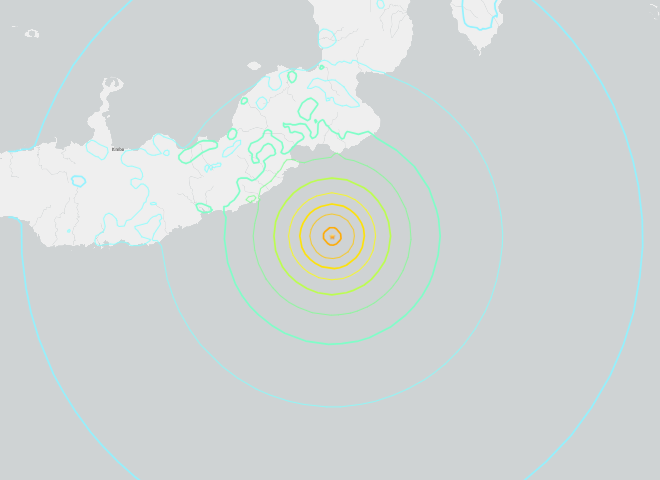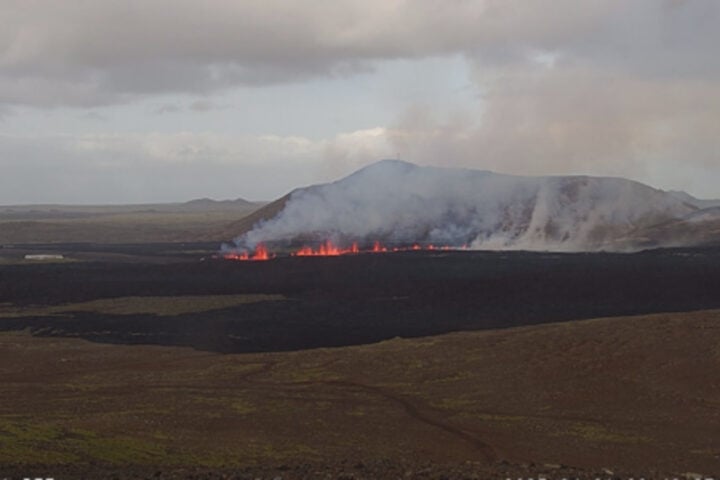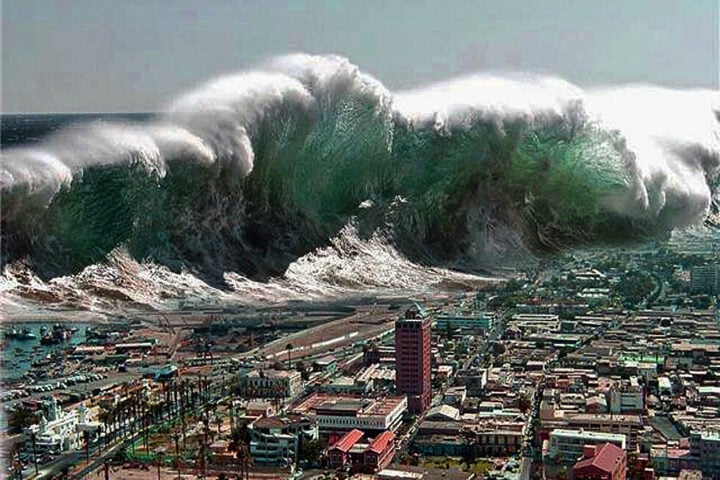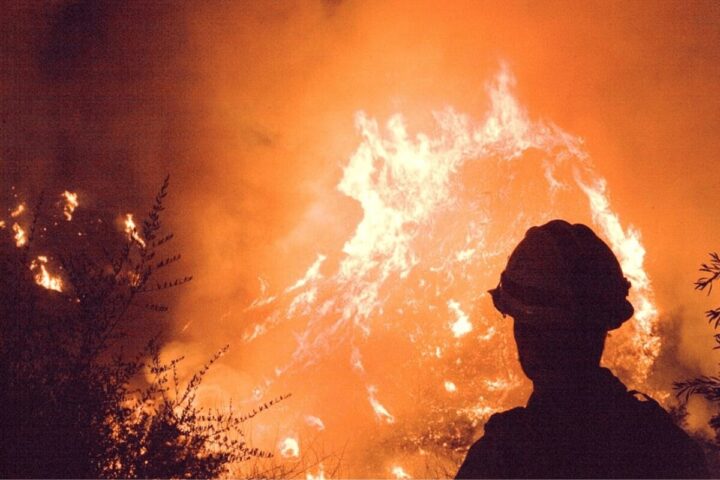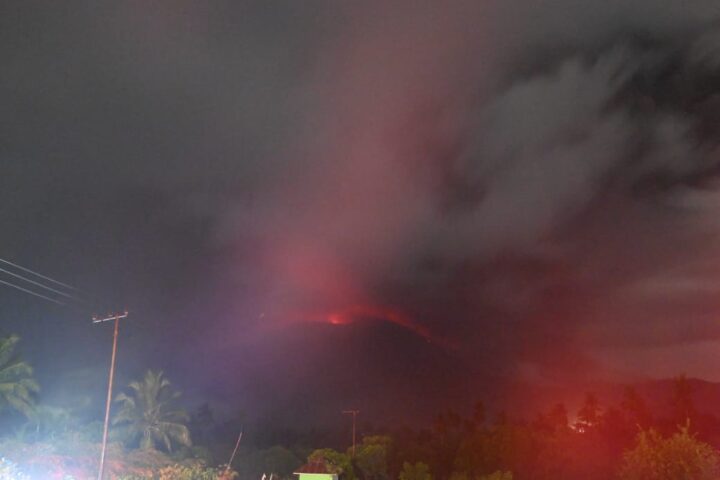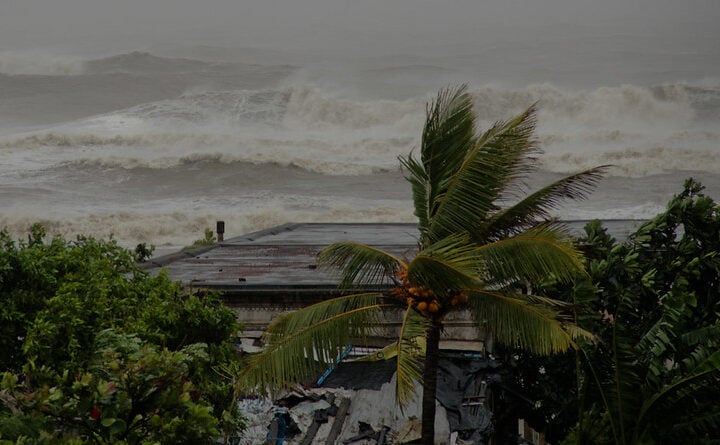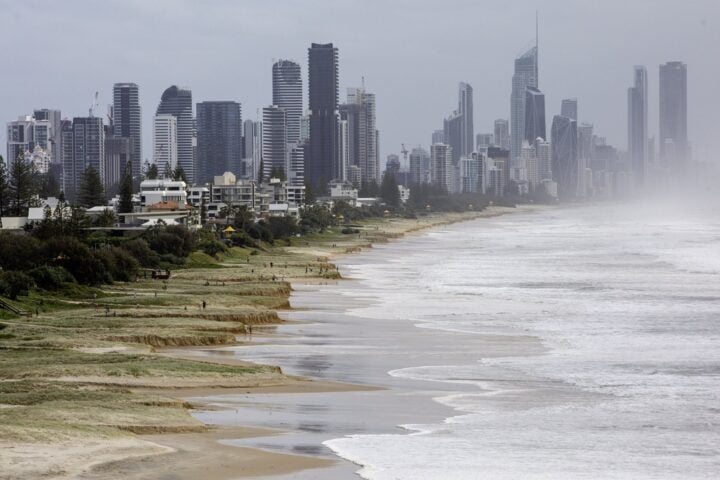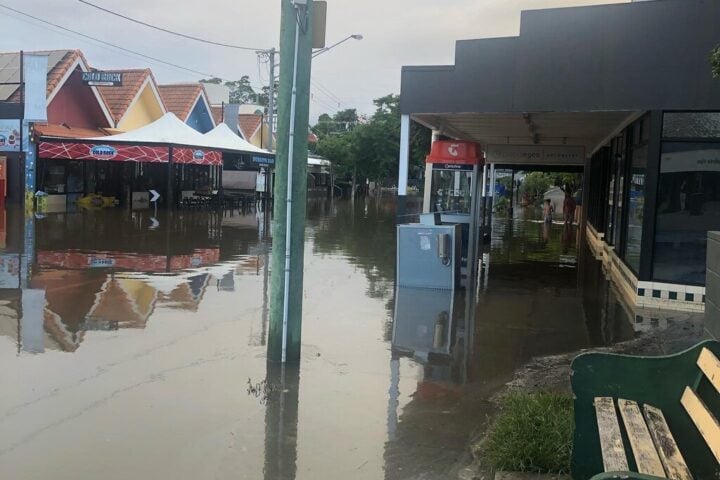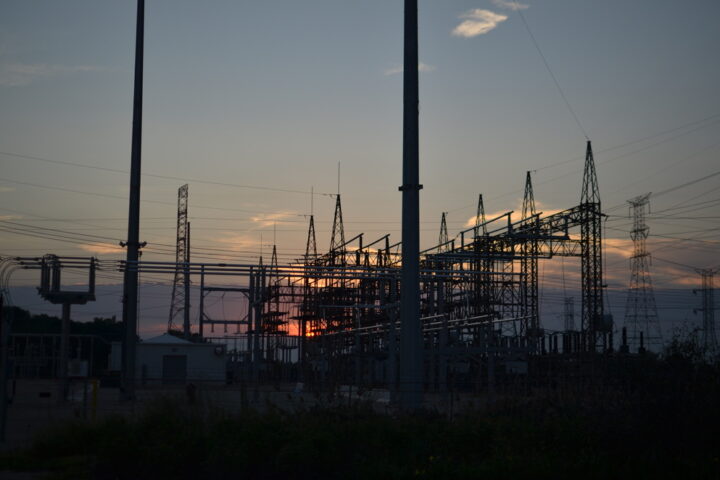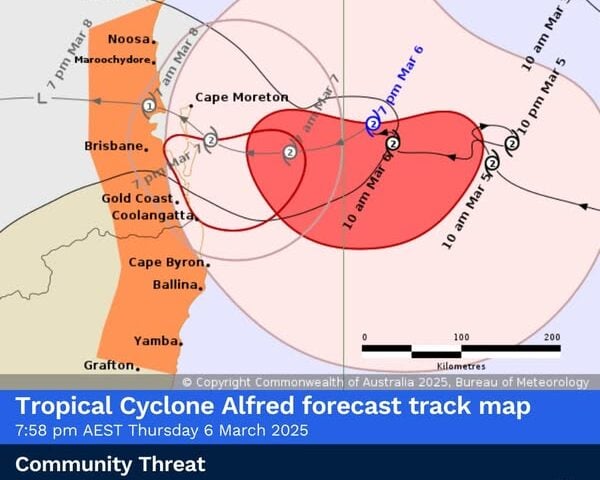Generally, deserts have very scanty rainfall. But on April 16, 2024, Dubai, the commercial capital of UAE, was in floods. The world’s busiest air hub for international passengers, Dubai’s major International Airport began diverting all incoming flights Tuesday as heavy rains lashed the city. It had to halt its operations briefly. More than 100 flights were affected due to the floods.
The torrential rains paralyzed Dubai’s life, causing heavy damages to life and property. A Dubai airport spokesperson said, “Due to the continued exceptional weather event currently experienced in the UAE (United Arab Emirates), Dubai International is temporarily diverting inbound flights due to arrive this evening… until the inclement situation improves.” Experts believe that such floods are caused by climate change.
Normal life was disturbed across Dubai and elsewhere in the UAE as the desert country is better known for its arid climate.
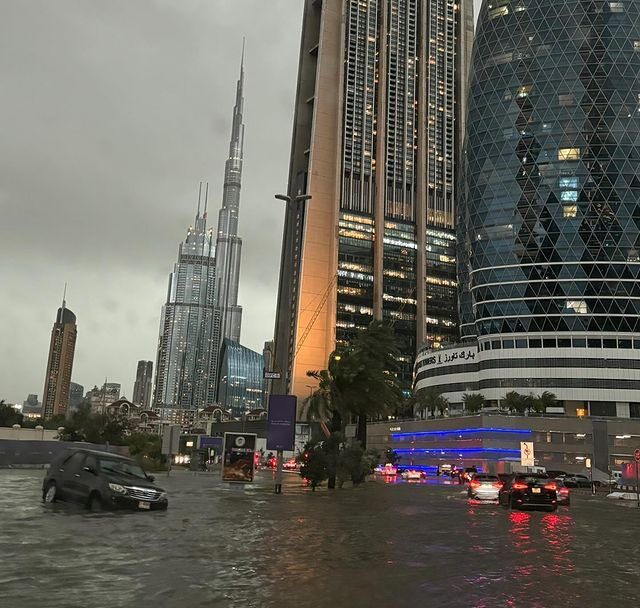
Flagship shopping centers – Dubai Mall and Mall of the Emirates – both suffered flooding and water was ankle-deep in at least one Dubai Metro station, according to images posted online by the people. The AFP adds that roads and residential communities also suffered heavy flooding and many residents reported leaks from roofs, doors, and windows.
Schools and colleges were shut across the UAE and were expected to remain closed Wednesday, as further storms are forecast.
Similar Posts
The Government of Dubai also extended remote working for its employees Wednesday. According to Reuters, the heavy rains that caused widespread flooding across the desert nation stemmed partly from cloud seeding.
The flooding in Dubai only shows that human beings are helpless to face nature’s fury.
In 24 hours, two years’ worth of rain was experienced by Dubai. Over a half foot – 6.26 inches – of rain was recorded in the UAE city between 10 pm local time Monday and 10 pm local time Tuesday, according to the Dubai Meteorological Office.
Dubai receives 3.12 inches of rain per year on average, as per the WMO (World Meteorological Organization).
The city receives nearly all of its annual rain (over 92%) between the months of November and March.
On average, Dubai typically receives just 0.13 inches of rain during the month of April. WMO expects such erratic patterns of weather due to climate change caused by human activities.


